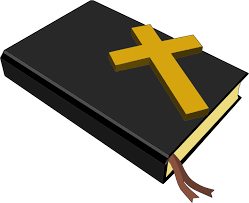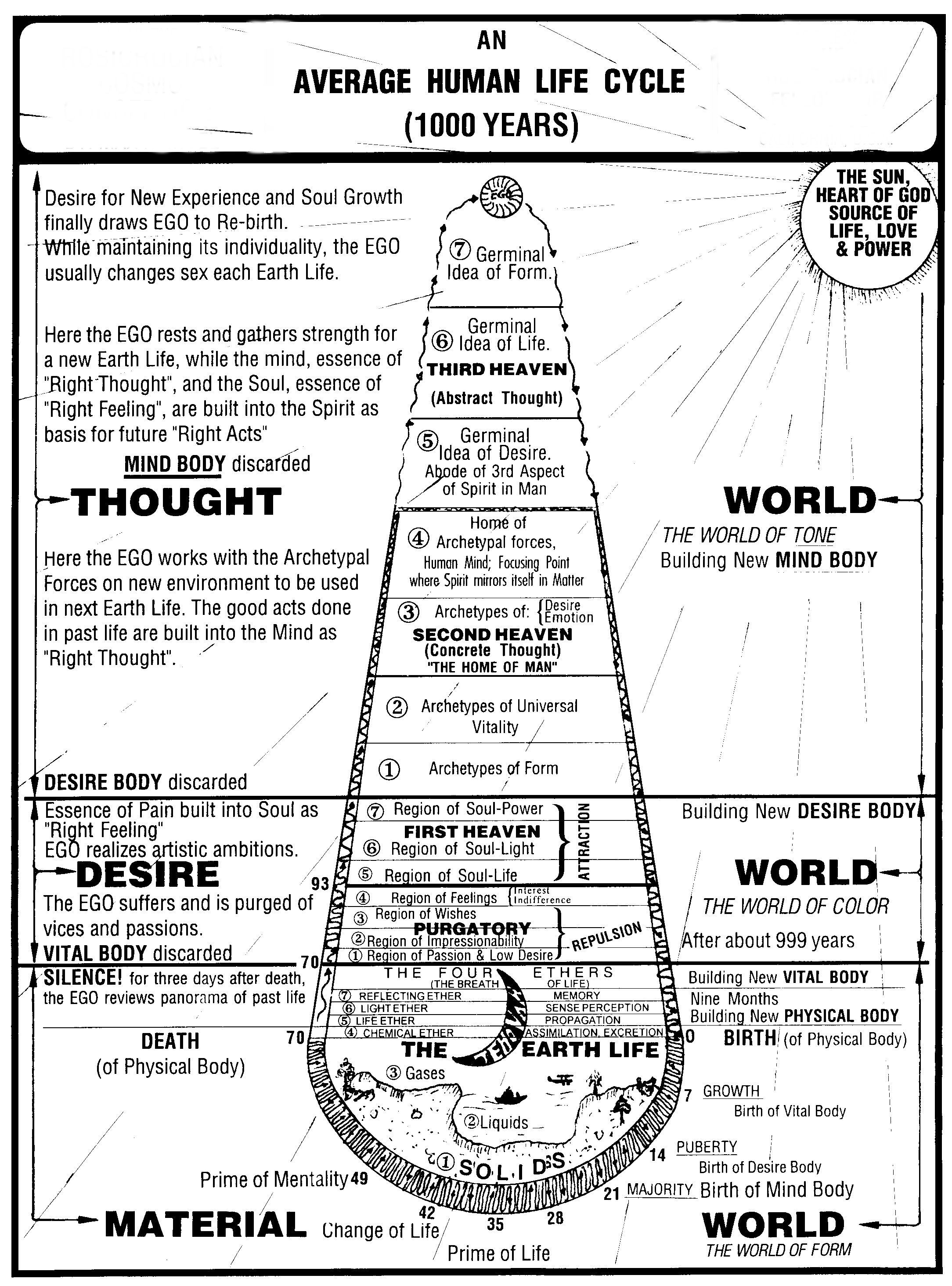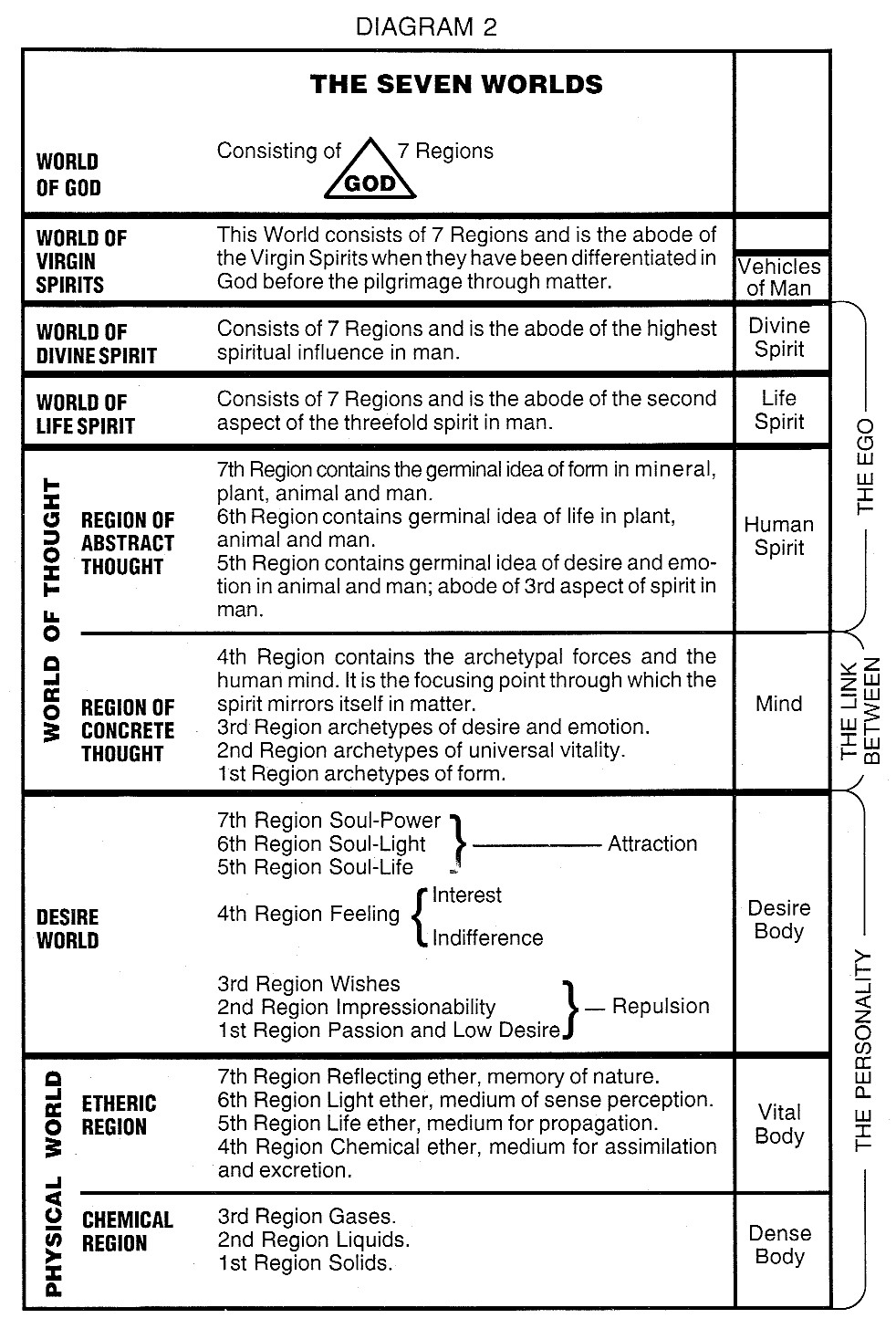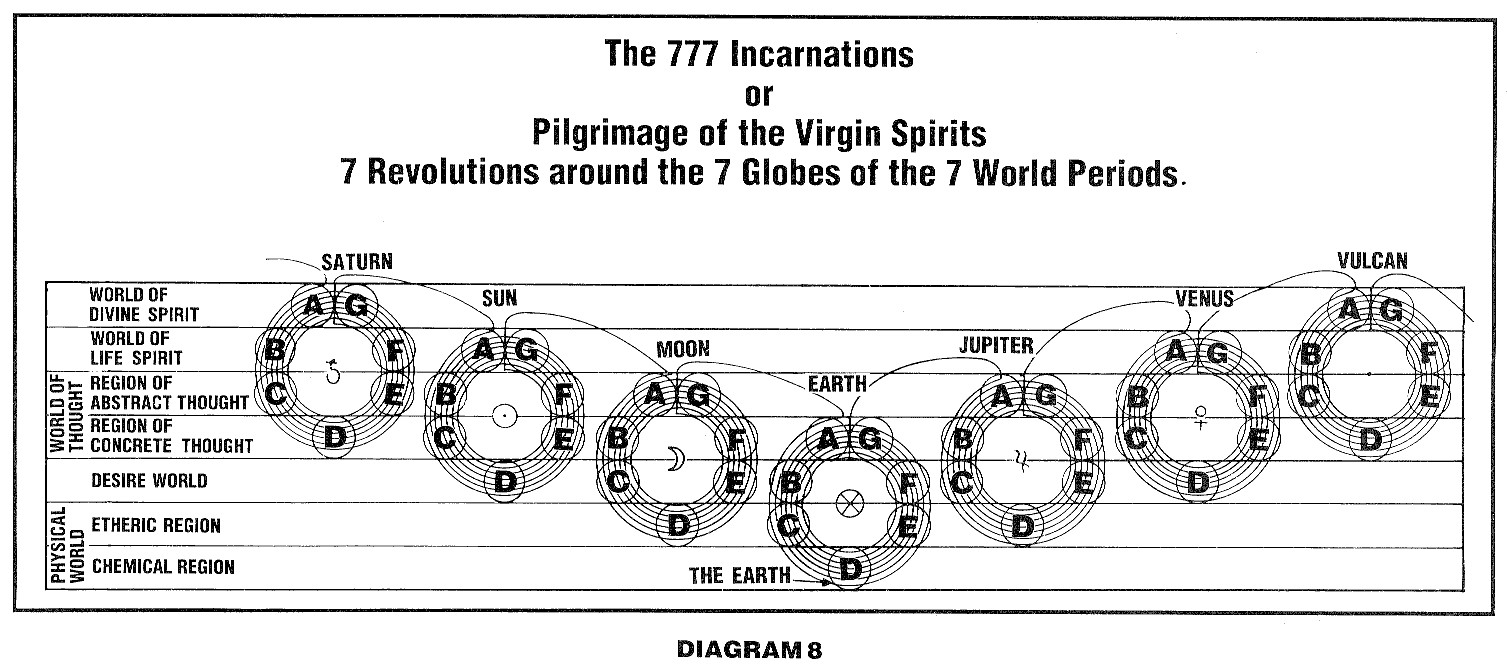
| RosicrucianU.com | ||
| Simplified Scientific Christianity |

Historians contemporary with Zephaniah state that during the long reign of Manasseh, when the new Arian religion underwent violent persecution, the right to prophesy was denied enlightened ones so they sought indirect expression through the literature of the time. Herodotus states that the Scythian invasion, 630 B.C., reopened the way for prophets. Perhaps the most compelling voice awakened by the invasion was that of Zephaniah. He is pictured by medieval artists as a man with the lantern of the Lord (Law). He has been called the prophet of doom or punishment because of his utterances regarding the Law of Cause and Effect. "The just Lord is in the midst thereof; he will not do iniquity: every morning doth he bring his judgment to light, he faileth not; yet the unjust knoweth no shame' (Zephaniah 3:5).
Zephaniah lived and taught as a contemporary of Jeremiah during the reign of young King Josiah, at the time Deuteronomy was discovered in the Temple.
The Book of Zephaniah consists of two main themes: first, sin must always bring its own punishment (Law of Causation); second, the song of rejoicing for Israel and the Remnant, a brand plucked from the burning.
Zephaniah recites the woes of those "who are clothed in strange apparel" — that is, those who are minus the golden wedding garment and who cannot, therefore, take part in the King's Supper. These, having failed to qualify as pioneers, fall behind as stragglers.
"All they that bear silver are cut off." This refers to misuse of the creative force. Silver is ruled by the Moon, which governs generation. For their sin against life the people shall become as Sodom and Gomorrah, a breeding place of nettles and salt pits and a perpetual desolation. Salt is also correlated to the Moon (generation); nettles to Scorpio (degeneration).
The above is followed by another statement revealing the good fortune that awaits the Elect, the Remnant being saved to be pioneers of the new race. The Bible outlines the spiritual evolution of the entire Earth Period so it often refers to work belonging to pioneers of the Aquarian Age, and also to those of the still more advanced Capricorn-Cancer cycle. Astrologically, Zephaniah symbolizes Capricorn, sign of new cycles, new beginnings. The keynote of his message is Seek ye the Lord; in other words, learn to follow the law of the New Day.
The new Book of Laws was found amid the debris of the old, signifying that a higher code of living was discovered among misinterpreted and violated laws of the past. The analogies between inner and outer phases of truth are perfect and complete. Those who emerged from the masses and lived in accordance with the higher ideals became the pioneers of their day. Ready for higher instruction, they were receptive of the new Law, the larger revelation. Zephaniah appeared to them as a spiritual Teacher.
The prophet begins his Book with a portrayal of the Fall and ifs aftermath. This part is a miniature Genesis. He concludes with an abbreviated Revelation wherein he visions a regenerated humanity.
The names of these cities represent certain qualities in human nature and their inevitable trend toward destruction. Here is a contrast between the man who is strong in spirit through the power of humility (for there is a humility of strength as there is also a humility of weakness) and one who, with egotistical pride, relies entirely upon his own personal prowess. Gaza means strong; Ekron, rooting up. Ashkelon and Ashod, strongholds of the Philistines, symbolize the lower man.
Zephaniah here envisions the state of humanity in the future Capricorn-Cancer Age, when diversity of races and nations shall be no more and a universal brotherhood shall possess the earth. This united human race will speak a pure and holy language, words truly of life and of spirit. With such words they shall call upon the name of the Lord (Law), and whereunto the words are sent shall be accomplished. In that time man will possess a unified and Christed consciousness, the highest power of the sign Capricorn.
Zephaniah was a priest of the Temple, a prince of royal blood, the great-grandson of Hezekiab. In common with Jeremiah, his call came through the exigencies of the Scythian crisis which affected the destinies of many Asiatic nations. A true successor of Amos, Hosea and Isaiah in his zeal for social justice, Zephaniah burled cutting invective against injustices as prevalent in his day as in theirs. He saw the Scythian invasion as a divine visitation for the sins of the people. He reiterated with great vehemence, "The great day of the Lord is near: it is near and hasteth greatly."
Death came to the prophet during the invasion of Nebuchadnezzar.
Nahum was a contemporary of both Jeremiah and Zephaniah, writing in the sunset of the Kingdom. His Book, more properly called an Ode, is divided into three parts, each one of which is a dramatic poem. The first part deals with the supreme power and glory of God; the second and third contain a graphic description of the capture of Nineveh. For forceful details and vividness of action, biblical scholars have compared these chapters with Carlyle's account of the capture of the Bastille during the French Revolution.
Esoterically considered, this prophecy relates to the law underlying all national causation. As a man must reap what he has sown, so, too, must a nation — a bitter lesson now being brought home to mankind. The same law applies to both. The word Huzzab means decreed, ordained. Any nation or people which loses the sense of social justice and equality, and places ease and pleasure above duty and responsibility, will inevitably suffer downfall. The just Law of Causation has brought about the rise and fall of civilizations. On inner planes certain Masters await for the rise of a nation that will demonstrate righteous living, that will lift the standard of righteousness above the demands of self-interest and spiritual values above materiality. Such a nation must replace temporal things with things eternal, and exalt as the chief aim and purpose of life, the quest for Truth. Only a civilization fulfilling these requirements can endure. In anticipation of its coming, Nahum sings: "Behold upon the mountains the feet of him that bringeth good tidings, that publisheth peace! O Judah, keep thy solemn feast, perform thy vows: for the wicked shall no more pass through thee; he is utterly cast off." (Nahum 1:15).
Astrologically, Nahum represents Leo, the lion: "Where is the dwelling of the lions, and the feeding place of the young lions; where the lion, even the old lion, walketh, and the lion's whelp, and none made them afraid" (Nahum 2:11)
He calls his ode "The Burden of Nineveh." Esoterically, it recounts the terrible destruction suffered by men and nations because of their misuse of God power within and without. The symbol of this great power is the lion, king of beasts.
The downfall of Nineveh seemed to the prophet a just retribution meted out under divine Law, while its celestial counterpart, victory of the Children of God in the end of the ages, seemed sure to his vision: "Behold upon the mountains the feet of him that bringeth good tidings, that publisheth peace! O Judah, keep thy solemn feasts . . . for the wicked shall no more pass through thee." This is the promise of Leo, the Christed One, who knows the full glorified powers of the Lord's Law awakened within, its precepts being written upon his forehead and inscribed within his heart. Such a One no longer needs external laws for he has risen above them and become a law unto himself and to all mankind. In him the glory of God is made manifest. The keynote of Nahum's message is that the glory of the Lord (Law) and of God (within) is made manifest through control and right use of the cosmic Fire force within man and the universe. This is also the highest spiritual teaching of Mysteries belonging to the sign Leo.
— Corinne Heline

|

|

|
|
|
Contemporary Mystic Christianity |
|
|
This web page has been edited and/or excerpted from reference material, has been modified from its original version, and is in conformance with the web host's Members Terms & Conditions. This website is offered to the public by students of The Rosicrucian Teachings, and has no official affiliation with any organization. | Mobile Version | |
|